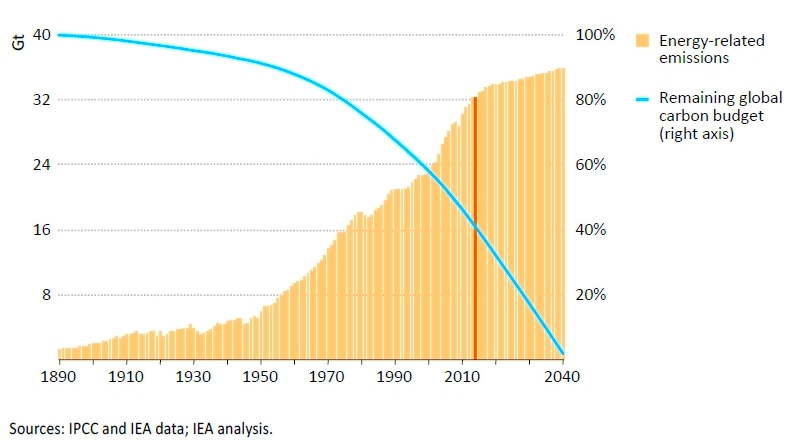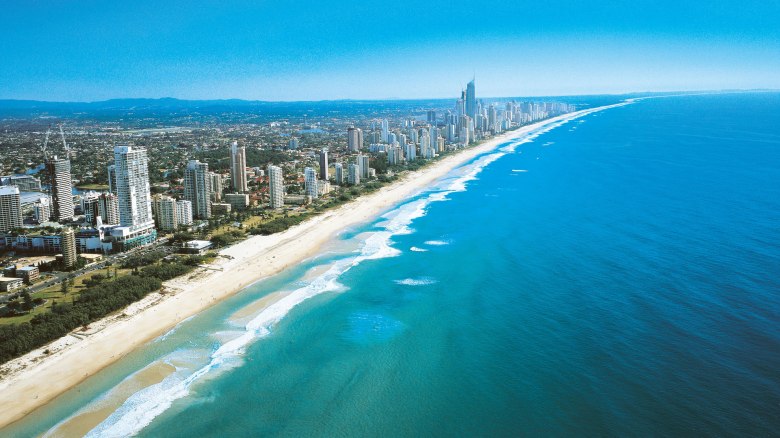
Ammonia fertiliser plays a crucial role in producing the food we need. Image credit: Allen (roadsidepictures) used via Flickr Creative Commons licence.
Can we make sure we make the most of the promising ideas people come up with to restrain and adapt to the changes we’re making to the climate? I’ve been considering this question thanks to a recent invention seeking to help cut increasing greenhouse gas emissions that arise from feeding the world’s growing population. Stuart Licht’s team at George Washington University in Washington, DC, has worked out how to make a key component of fertiliser – ammonia – that could eliminate emissions and minimise cost. In fact it’s an extension of a method that Stuart told me can also produce zero carbon cement, iron, bleach, magnesium, and capture CO2 directly from the atmosphere. So when will we see this amazing approach in use? I can’t tell you that – because Stuart has no plans to commercialise it.
I became aware of the new ammonia production system when Chemistry World asked me to cover it for them. Ammonia is a simple molecule, comprising only two elements, hydrogen and nitrogen. Humans have been using it in fertiliser since at least the early 19th century, when it was mined, both in mineral form and as bird guano, for delivery to farmers. That was necessary because although nitrogen is hugely abundant – it makes up four-fifths of Earth’s atmosphere – it’s equally as unreactive. Chemists often replace the air above the reactions in their flasks with pure nitrogen when they’re worried that oxygen will affect their results. That stability meant synthetic ammonia was at first elusive.
But in the early 20th century Fritz Haber and Carl Bosch found a way to overcome nitrogen’s reluctance to react. They could take nitrogen from the air, and bring it together with hydrogen gas in the presence of an osmium catalyst at very high pressures and temperatures. During the First World War ammonia’s other main application – as a basis for explosives – saw that ramped up to industrial scale. The Haber-Bosch process has provided fertilisers that have been crucial in feeding Earth’s growing population since then. But it comes with a downside: it requires huge amounts of energy – 2% of the entire world’s consumption – whose generation usually releases the greenhouse gas CO2. Read the rest of this entry »





 Barack Obama and Xi Jinping have agreed a deal on cutting emissions into the 2020s
Barack Obama and Xi Jinping have agreed a deal on cutting emissions into the 2020s 
